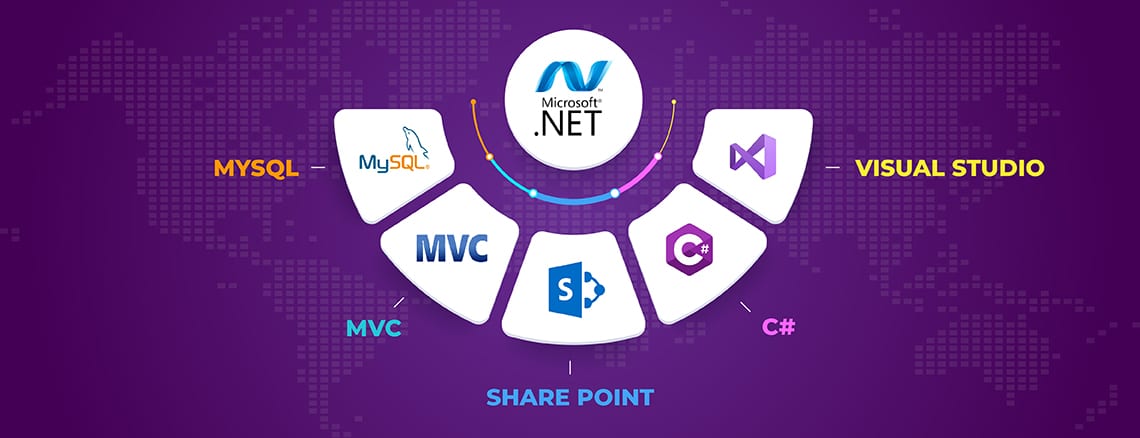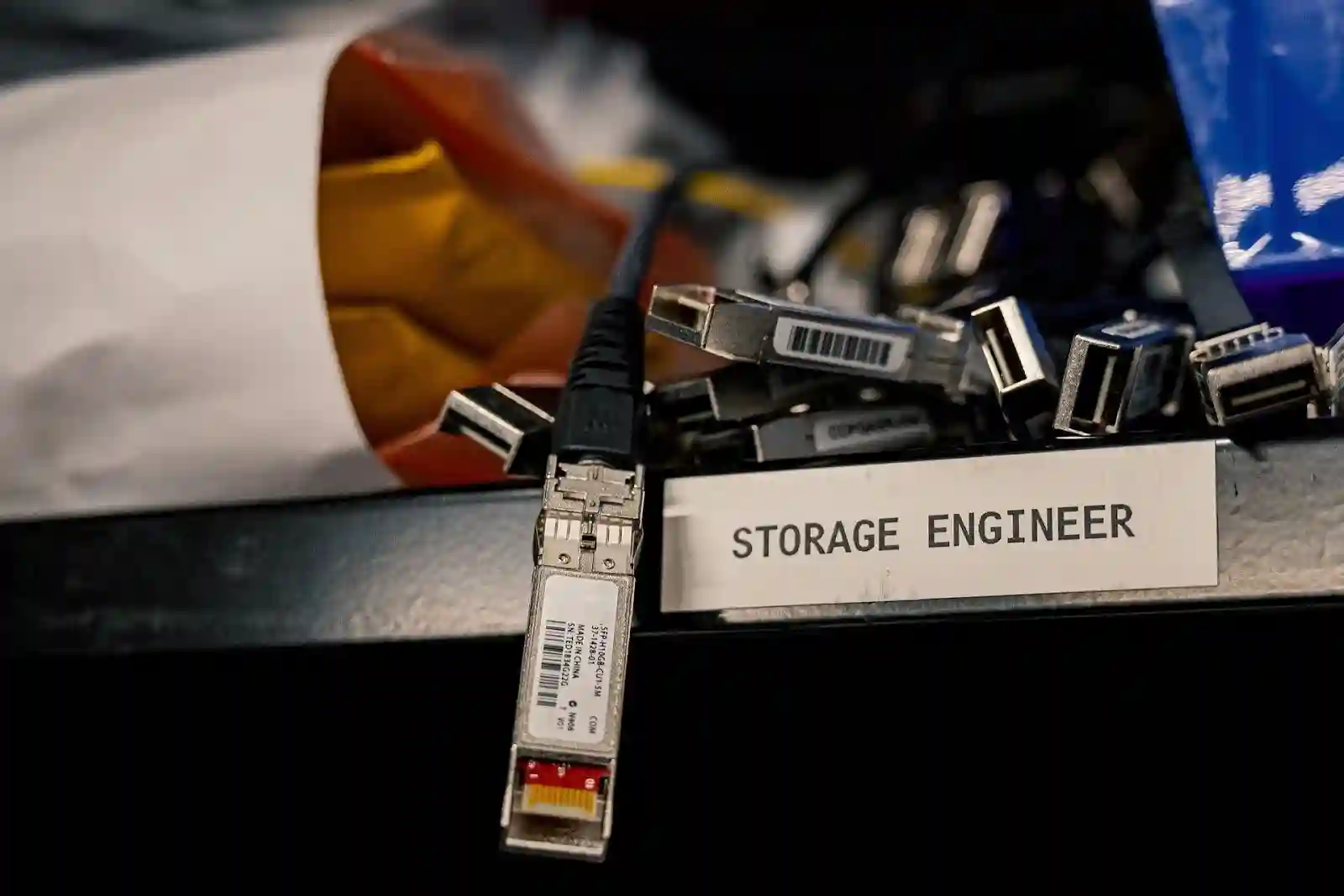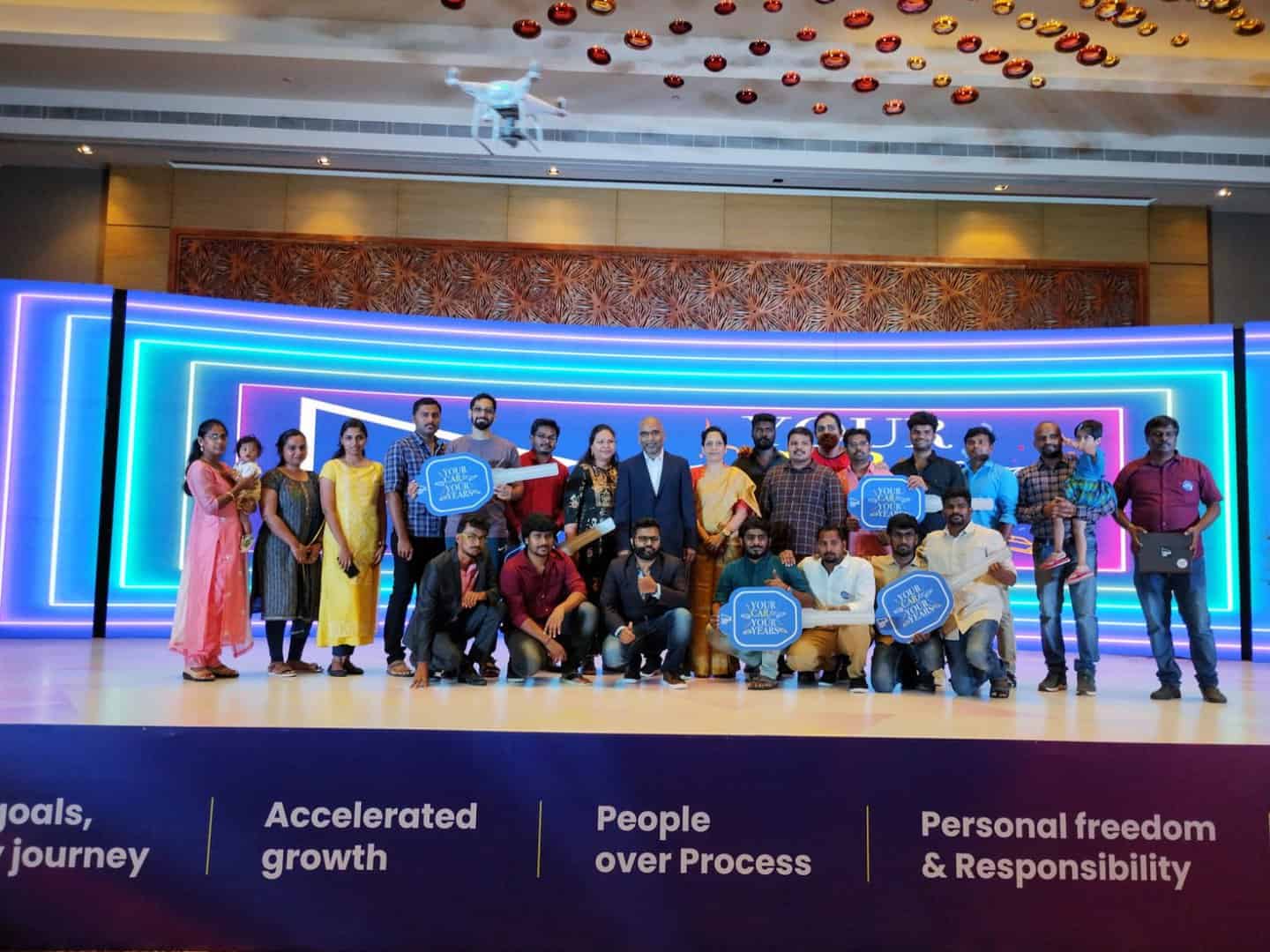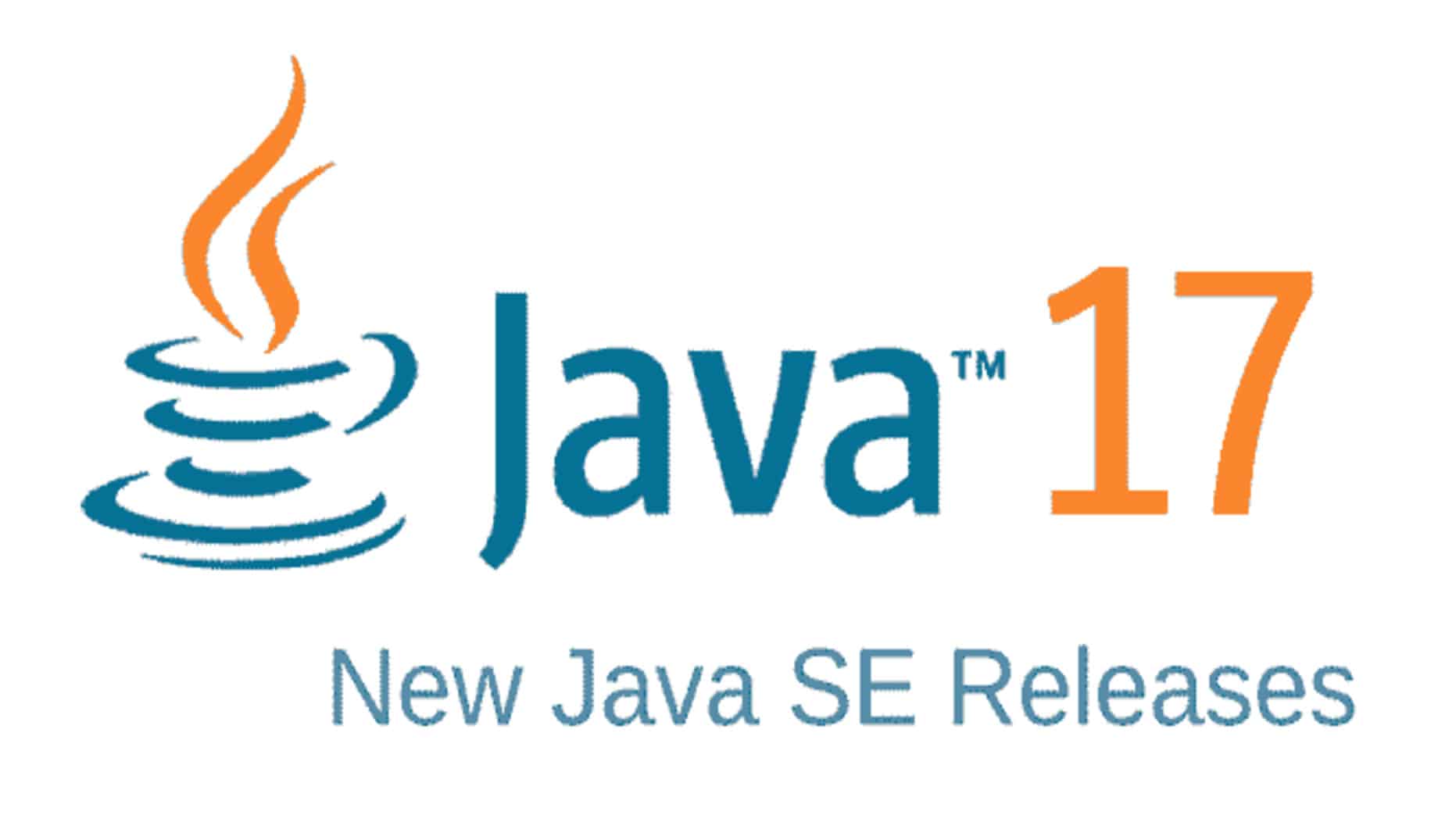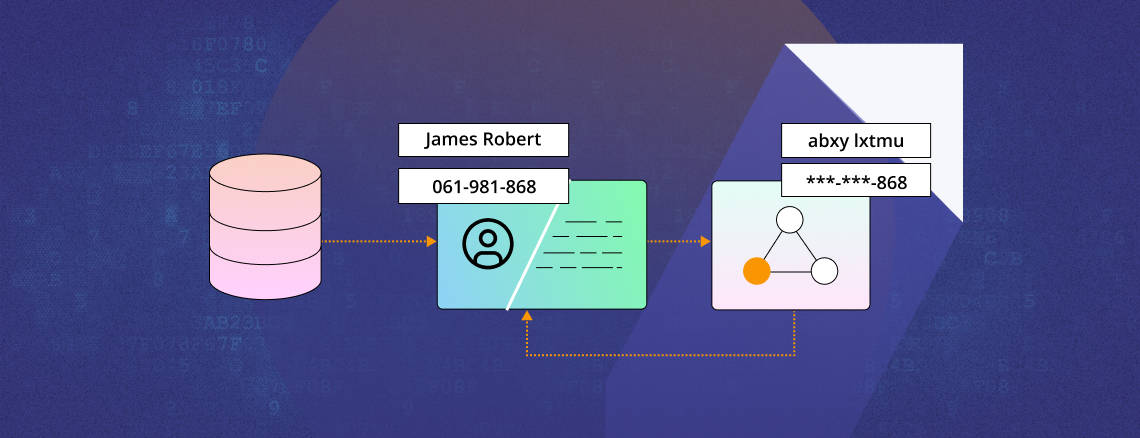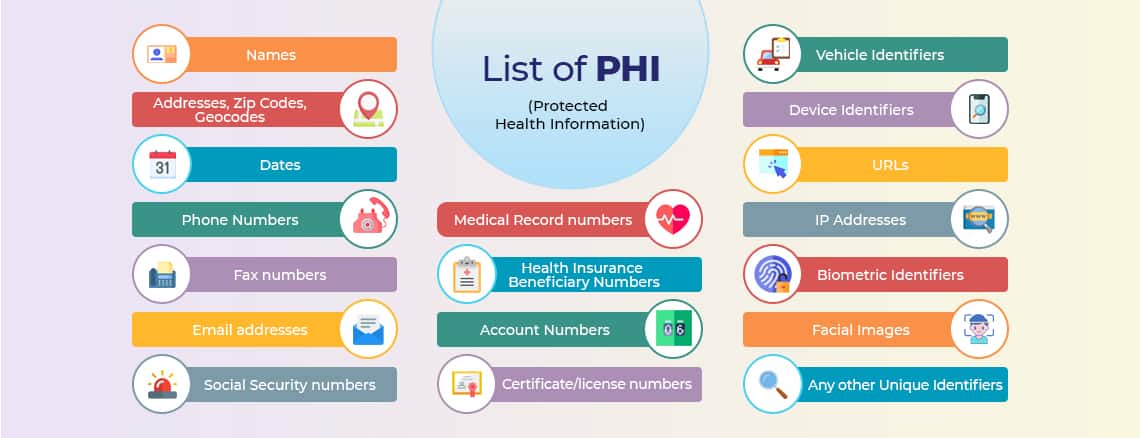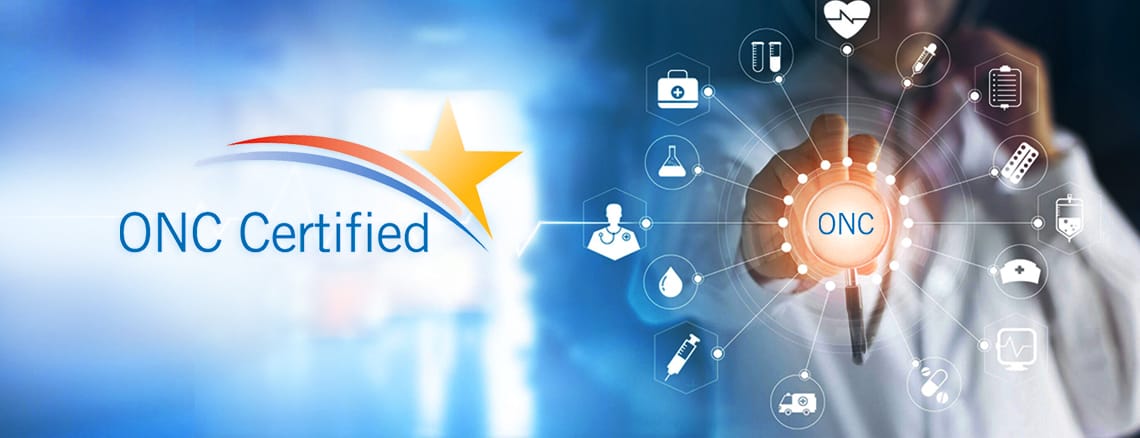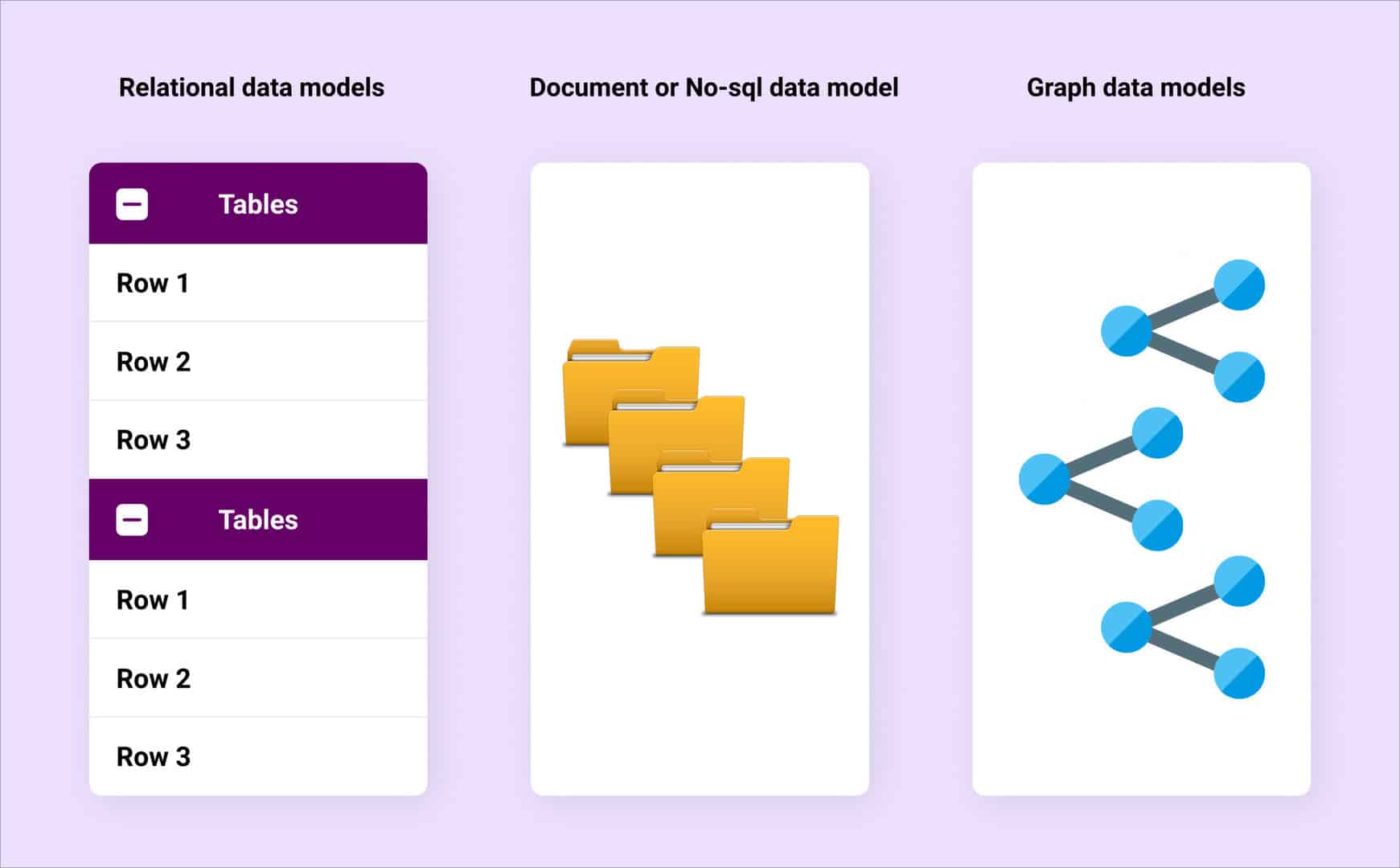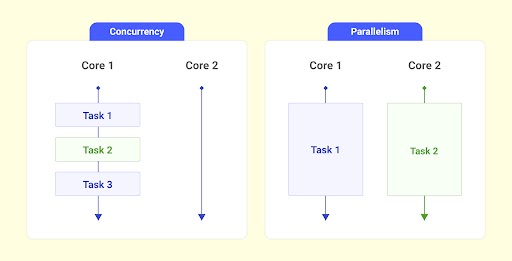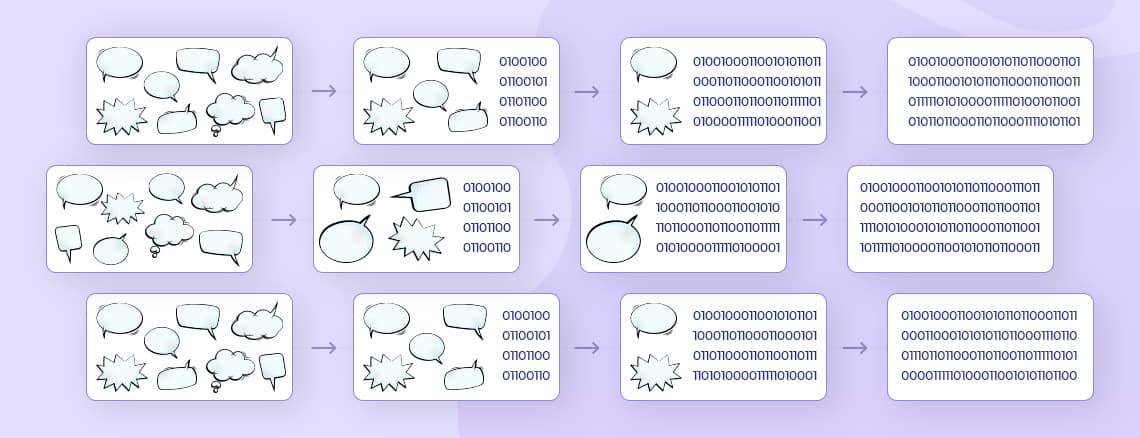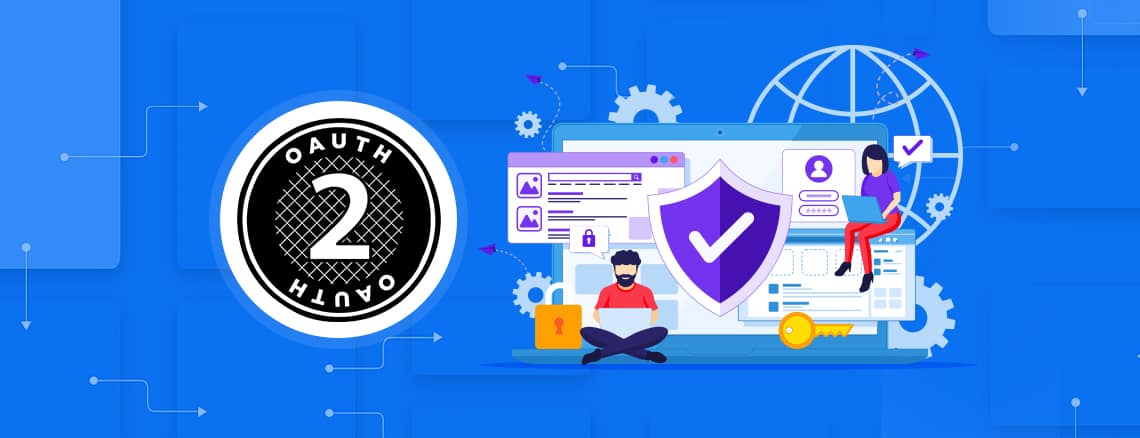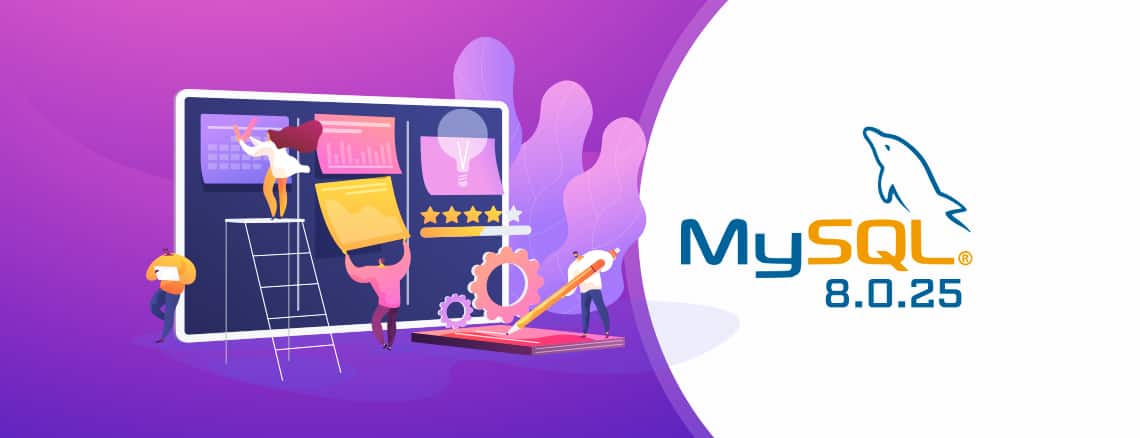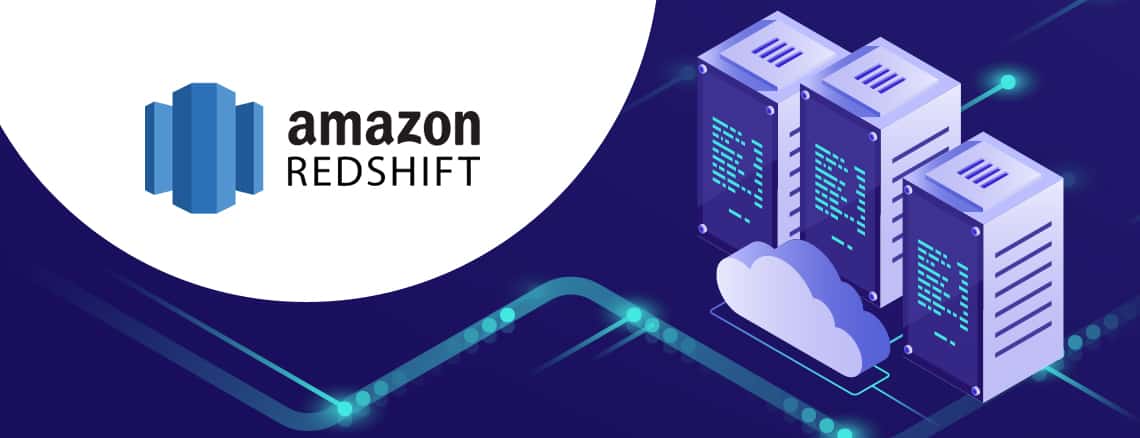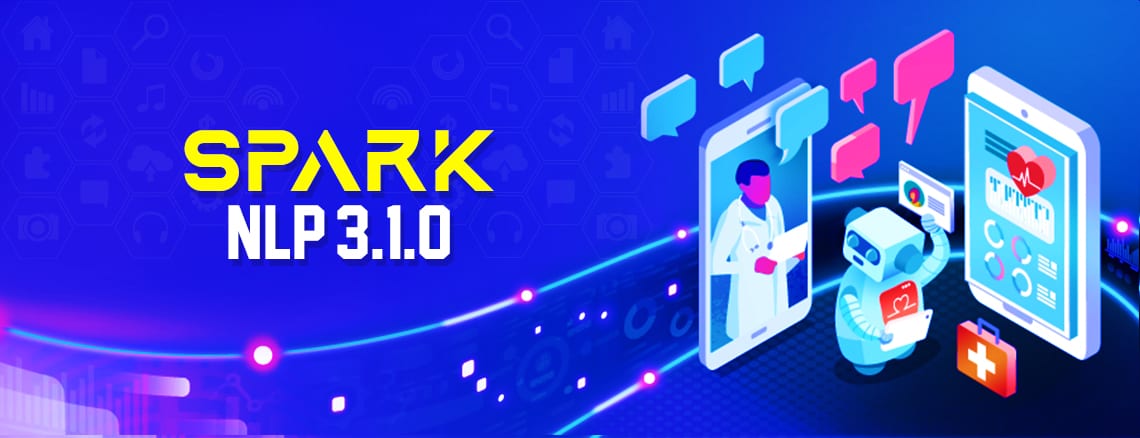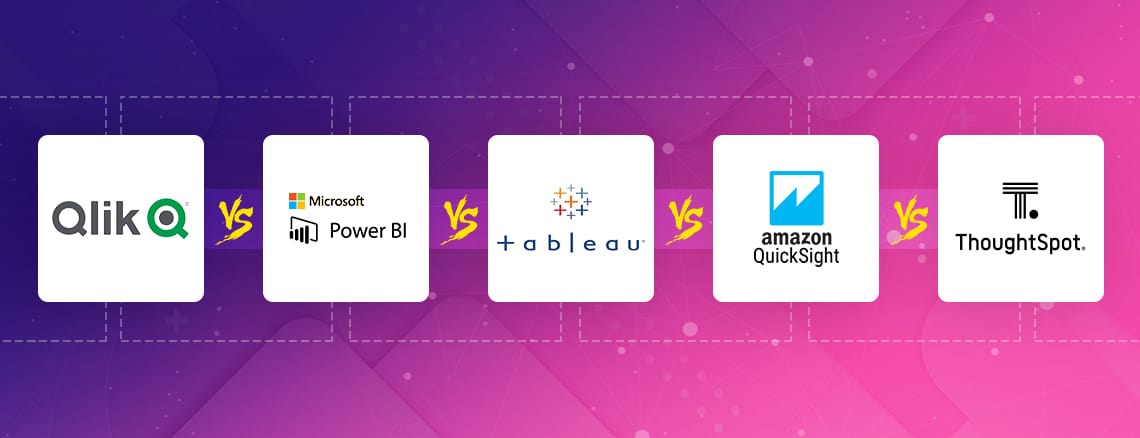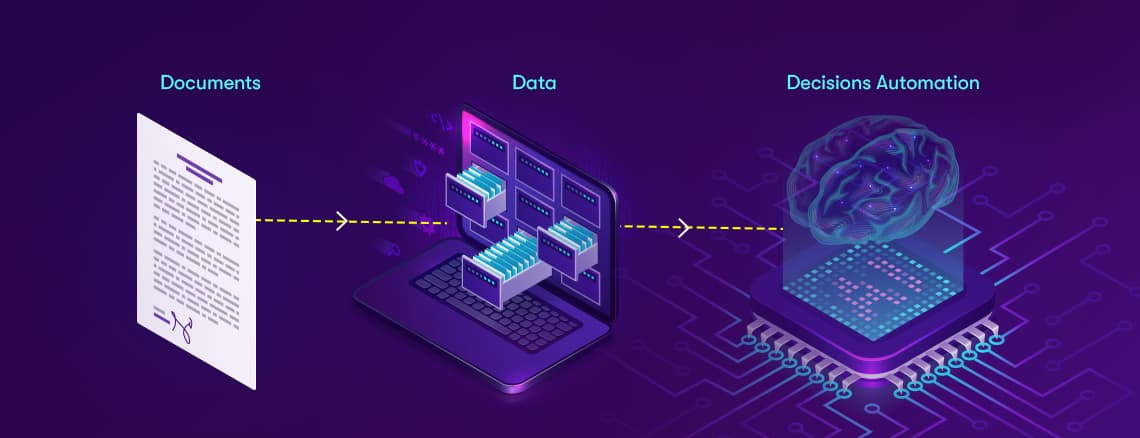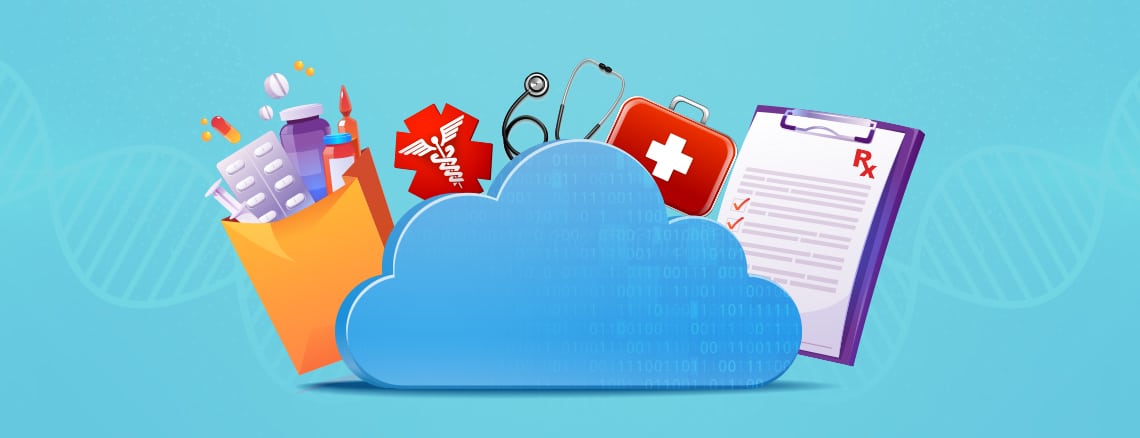The rapid change in the digital era is compelling organizations to embrace cloud migration. The promises of scalability, cost-effectiveness, and improved performance are simply too enticing to ignore.
However, this journey is not without its share of formidable adversaries – the challenges that come with cloud migration.
Think of these challenges as the obstacles standing between you and a treasure trove of cloud benefits.
But fear not, for armed with the right strategies and knowledge, you can overcome these hurdles.
In this blog, we'll tackle the most significant challenges in cloud migration. From the need for a solid migration strategy to the complexities of data security and compliance, we'll navigate these obstacles together, guiding you toward a successful cloud migration journey.
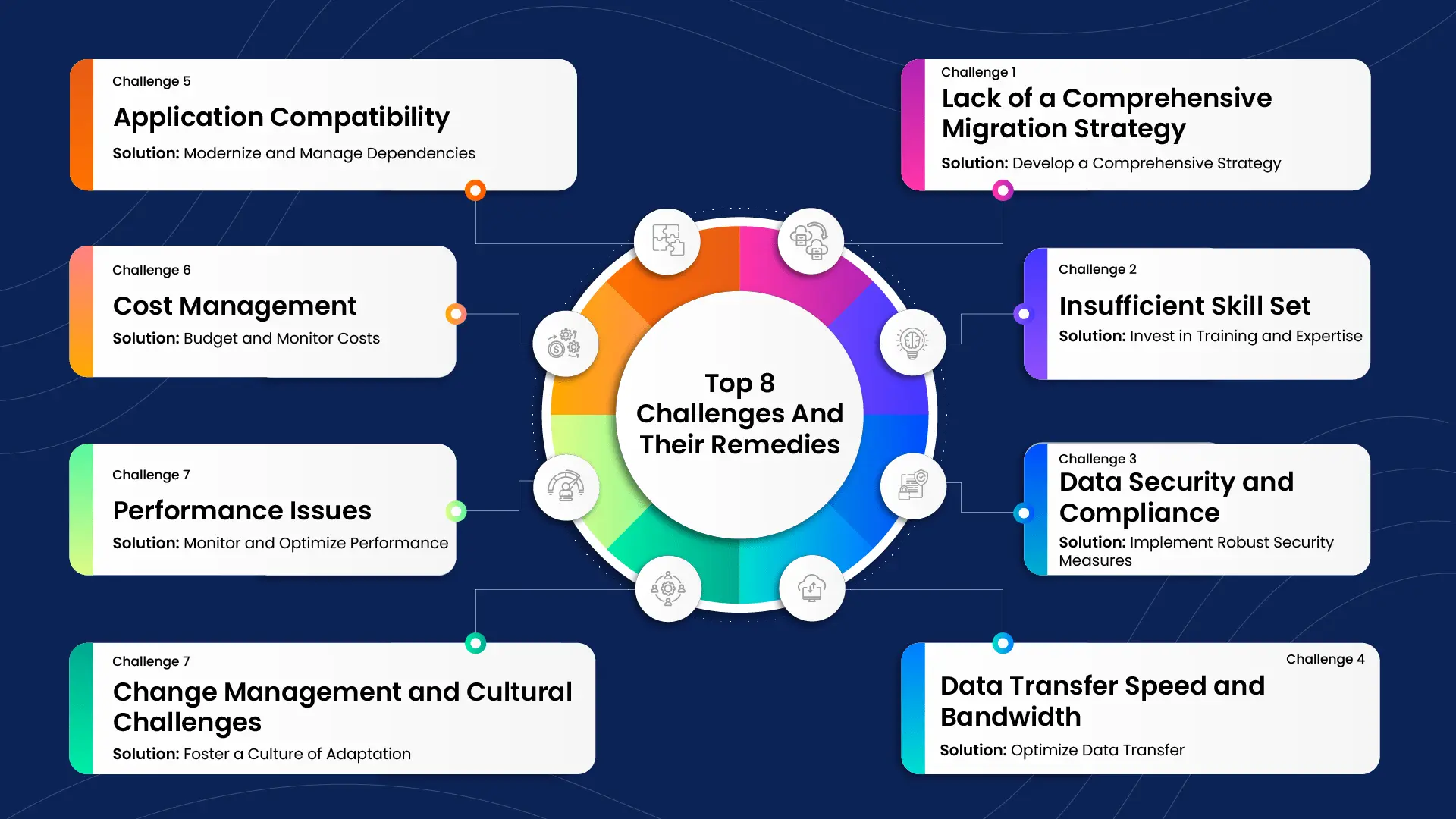
Challenge 1 - Lack of a Comprehensive Migration Strategy
Many organizations rush into cloud migration without a well-defined strategy, leading to confusion and inefficiency.
Solution: Develop a Comprehensive Strategy
Cloud migration is a journey to be undertaken slowly; it requires meticulous planning and strategy. Here, we delve into the challenge of lacking a comprehensive migration strategy and provide a step-by-step solution to tackle it effectively:
Assess Your Current Infrastructure:
Before you embark on your cloud migration journey, it's essential to have a deep understanding of your existing IT infrastructure. Conduct a thorough assessment to identify your organization's current hardware, software, applications, and data dependencies. This assessment forms the foundation of your migration strategy, enabling you to make informed decisions.
Define Clear Goals and Objectives:
What do you aim to achieve through cloud migration? Whether it's reducing operational costs, enhancing scalability, or improving data accessibility, clearly define your goals and objectives. Having a well-defined purpose will guide your migration efforts and ensure that every step aligns with your overarching business objectives.
Develop a Detailed Migration Plan:
A successful cloud migration requires a well-structured plan. Create a comprehensive migration plan that outlines every aspect of the process, from the initial assessment to post-migration monitoring. Include specific timelines and milestones to track your progress and ensure that you stay on course. Your plan should address data migration, application migration, testing, and contingency measures for potential setbacks.
Involve Key Stakeholders:
Cloud migration is a team effort, and involving key stakeholders is crucial for success. Collaborate with IT teams, business units, and executives to gather insights and perspectives. This collaborative approach ensures that all parties are aligned with the migration strategy and understand their roles and responsibilities.
Establish Roles and Responsibilities:
Clearly define the responsibilities of each team member involved in the migration process. Establishing roles and responsibilities reduces confusion and ensures that everyone knows their tasks and expectations. This clarity facilitates smoother execution and minimizes the risk of critical steps being overlooked.
Challenge 2 - Insufficient Skill Set
The cloud requires specific expertise, and a lack of skilled personnel can hinder migration efforts.
Solution: Invest in Training and Expertise

Navigating the cloud demands a specialized skill set. The challenge of insufficient expertise within your organization can be daunting, but there are strategic solutions to address it:
Provide Training and Certifications for Your IT Team:
Equip your existing IT team with the skills and knowledge needed for cloud migration. Invest in training programs and certifications offered by reputable cloud providers like AWS, Azure, or Google Cloud. These programs cover various cloud services, security practices, and best-in-class migration strategies. By upskilling your in-house team, you not only address the skill gap but also foster a culture of continuous learning.
Consider Hiring Cloud Experts or Consultants:
If your organization lacks the time or resources to train your existing team extensively, consider hiring cloud experts or consultants. These professionals bring a wealth of experience and can provide invaluable guidance throughout the migration process. They can assist in strategy development, execution, and troubleshooting, ensuring a smoother transition to the cloud.
Leverage Managed Services from Cloud Providers:
Cloud providers offer managed services that can alleviate the burden on your IT team. These services cover various aspects of cloud management, including infrastructure provisioning, database management, and security. Leveraging managed services allows your team to focus on strategic tasks while leaving routine operational tasks to the experts.
Challenge 3: Data Security and Compliance

Protecting sensitive data and complying with regulations is a top concern in cloud migration.
Solution: Implement Robust Security Measures
In the realm of data security and compliance during cloud migration, a strategic approach is crucial. Here's how to address this challenge:
Encrypt Data in Transit and at Rest:
To safeguard your data, employ encryption mechanisms both for data in transit and data at rest. This ensures that even if unauthorized access occurs, the data remains unintelligible and secure.
Implement Access Controls and Identity Management:
Establish stringent access controls and robust identity management systems. This limits access to authorized personnel only and ensures that data is handled by the right individuals with the appropriate permissions.
Adhere to Industry-Specific Compliance Frameworks:
Different industries have specific compliance requirements. Research and adhere to industry-specific frameworks and regulations, such as HIPAA for healthcare or GDPR for data privacy. This ensures that your cloud migration aligns with legal and industry standards.
Regularly Audit and Monitor Security Measures:
Implement continuous monitoring and regular security audits. These measures help detect and address vulnerabilities promptly. Timely response and adjustments are essential to maintain a high level of security in the cloud environment.
Challenge 4: Data Transfer Speed and Bandwidth
Challenge: Slow data transfer can lead to migration delays and increased costs.
Solution: Optimize Data Transfer
In the realm of data transfer speed and bandwidth during cloud migration, optimization is the key to success. Here's how to address this challenge:
Use Dedicated Network Connections for Data Transfer:
Consider utilizing dedicated network connections or high-speed, reliable internet connections for data transfer. These connections ensure faster and more reliable data transfer, reducing migration timelines.
Employ Data Compression Techniques:
Data compression can significantly reduce the volume of data being transferred. Implement compression algorithms to shrink the data size before transmission. This not only speeds up the process but also minimizes bandwidth usage.
Prioritize Data Transfer Based on Importance and Dependencies:
Not all data is equal in terms of importance and urgency. Prioritize data transfer based on criticality and dependencies between systems. Start with essential data and applications, ensuring that they are up and running before moving on to less critical elements.
Challenge 5: Application Compatibility
Migrating legacy applications and managing complex dependencies can be challenging.
Solution: Modernize and Manage Dependencies
The challenge of application compatibility during cloud migration can be addressed with a strategic approach. Here's how to overcome this challenge:
Evaluate the Need for Modernization or Refactoring:
Begin by assessing your legacy applications. Determine whether they need modernization or refactoring to function effectively in the cloud environment. Some applications may require code modifications or updates to align with cloud-native architecture.
Create an Inventory of Dependencies and Integration Points:
Develop a comprehensive inventory that outlines the dependencies and integration points of your applications. Understanding these interconnections is crucial to ensure a smooth transition to the cloud. Documenting these relationships helps identify potential issues and plan for their resolution.
Test Applications in the Cloud Environment Thoroughly:
Rigorously test your applications in the cloud environment before going live. This includes functional testing, performance testing, and ensuring that dependencies function as expected. Thorough testing helps uncover and address compatibility issues early in the migration process.
Challenge 6: Cost Management
Cloud migration can lead to unexpected expenses if not managed properly.
Solution: Budget and Monitor Costs
Effective cost management is crucial in the cloud migration journey. Here's how to address this challenge:
Estimate Costs Accurately Before Migration:
Before embarking on your cloud migration, conduct a comprehensive cost estimation. Consider factors such as infrastructure requirements, data transfer costs, and ongoing operational expenses. Accurate cost projections help you set a realistic budget and avoid financial surprises.
Implement Cost Monitoring and Reporting Tools:
Leverage cloud provider tools and third-party solutions to monitor your cloud costs in real-time. These tools provide insights into resource utilization, cost trends, and potential overspending. Set up cost alerts to be notified when expenses exceed predefined thresholds.
Continuously Optimize Resources to Reduce Costs:
Cloud environments offer flexibility to adjust resources as needed. Regularly review your resource utilization and optimize configurations to eliminate waste. This includes scaling down underutilized resources, utilizing reserved instances, and automating resource provisioning and de-provisioning.
Challenge 7: Performance Issues
Performance bottlenecks may arise post-migration.
Solution: Monitor and Optimize Performance
Ensuring optimal performance is critical during and after cloud migration. Here's how to tackle this challenge effectively:
Implement Robust Monitoring and Alerting Systems:
Deploy comprehensive monitoring and alerting systems to track the performance of your cloud infrastructure and applications continuously. These systems should provide real-time insights into resource utilization, response times, and other performance metrics. Set up alerts to proactively detect and address performance issues as they arise.
Regularly Analyze and Optimize Resource Usage:
Regularly analyze resource utilization patterns to identify opportunities for optimization. This includes fine-tuning virtual machine configurations, optimizing database queries, and ensuring efficient use of storage resources. Continuous optimization helps maintain optimal performance levels.
Consider Autoscaling for Fluctuating Workloads:
Leverage autoscaling capabilities offered by cloud providers to automatically adjust resource allocation based on workload fluctuations. Autoscaling ensures that your applications can handle increased demand without performance degradation during peak periods and scales down to save costs during periods of lower demand.
Challenge 8: Change Management and Cultural Challenges
Resistance to change and cultural issues can disrupt the migration process.
Solution: Foster a Culture of Adaptation
Successfully managing change and addressing cultural challenges is essential for a smooth cloud migration journey. Here's how to tackle this challenge effectively:
Communicate the Benefits of Cloud Adoption to the Entire Organization:
Open and transparent communication is key to overcoming resistance to change. Clearly articulate the benefits of cloud adoption to all stakeholders within the organization. Emphasize how the transition aligns with the company's strategic goals and how it can improve efficiency, innovation, and competitiveness.
Provide Training and Support for Employees Adapting to New Tools and Processes:
Invest in comprehensive training programs to equip employees with the skills and knowledge needed to navigate new cloud-based tools and processes. Offer ongoing support to address questions and challenges as they arise. Ensure that employees feel confident and empowered during the transition.
Encourage a Culture of Continuous Learning and Improvement:
Foster a culture where learning and improvement are valued. Encourage employees to embrace change as an opportunity for growth and development. Provide resources for continuous learning, such as online courses, workshops, and forums, to help employees adapt to evolving technologies and best practices.
Summing Up: Overcoming Cloud Migration Challenges
In the end, cloud migration isn't just a journey; it's an opportunity to transform and thrive in the digital age. With strategic planning and the right approach, these challenges can be conquered, paving the way for a successful cloud migration journey.































.png)

.png)


.webp)




